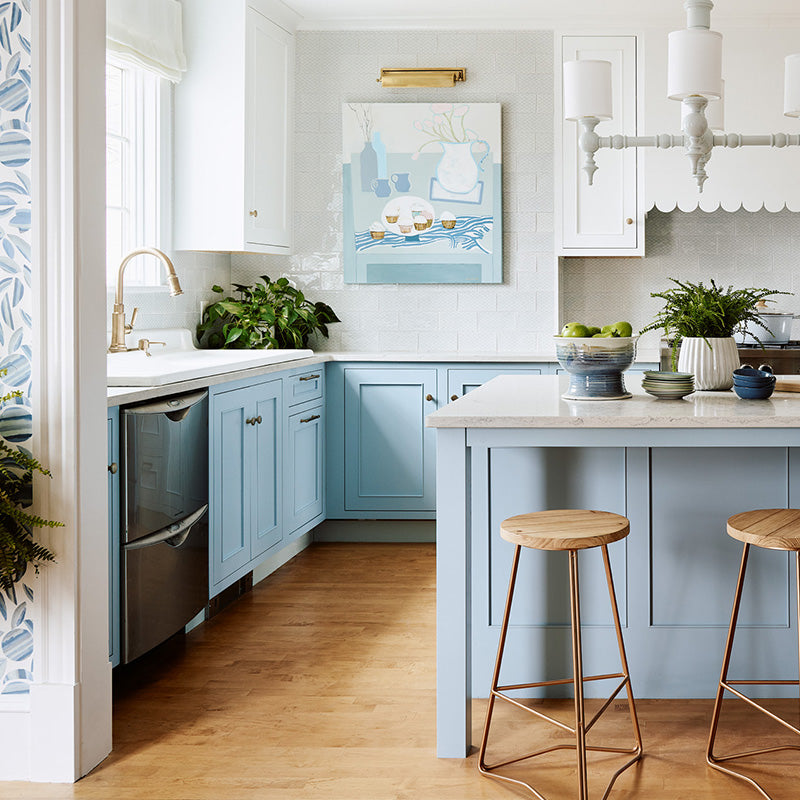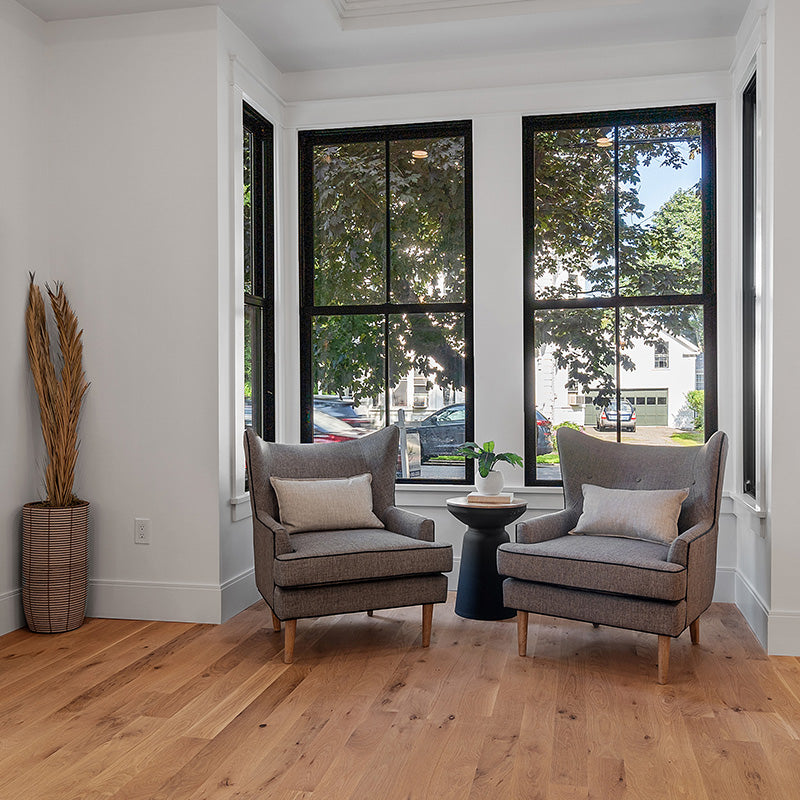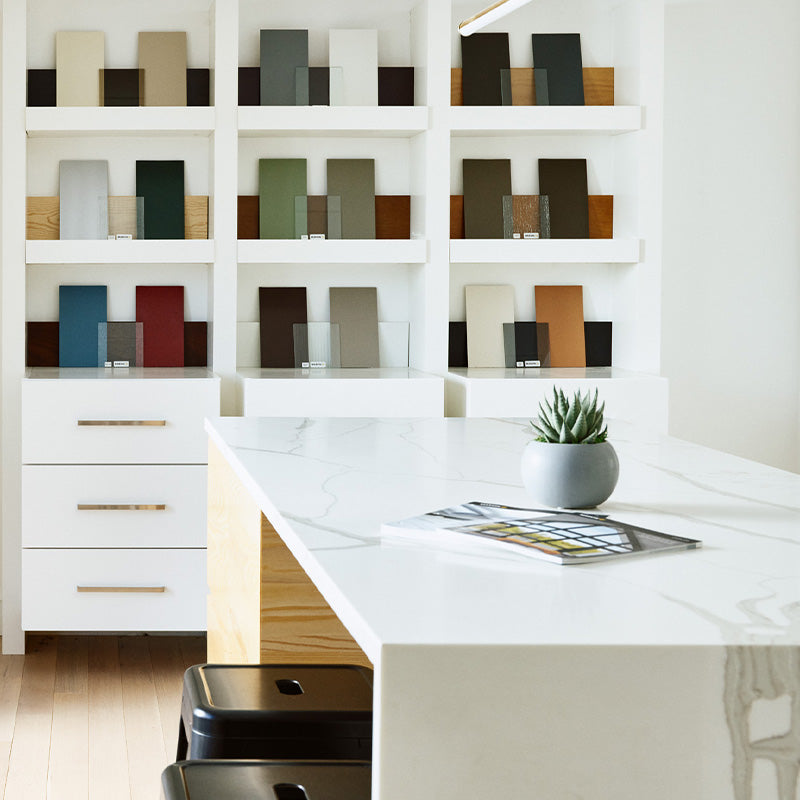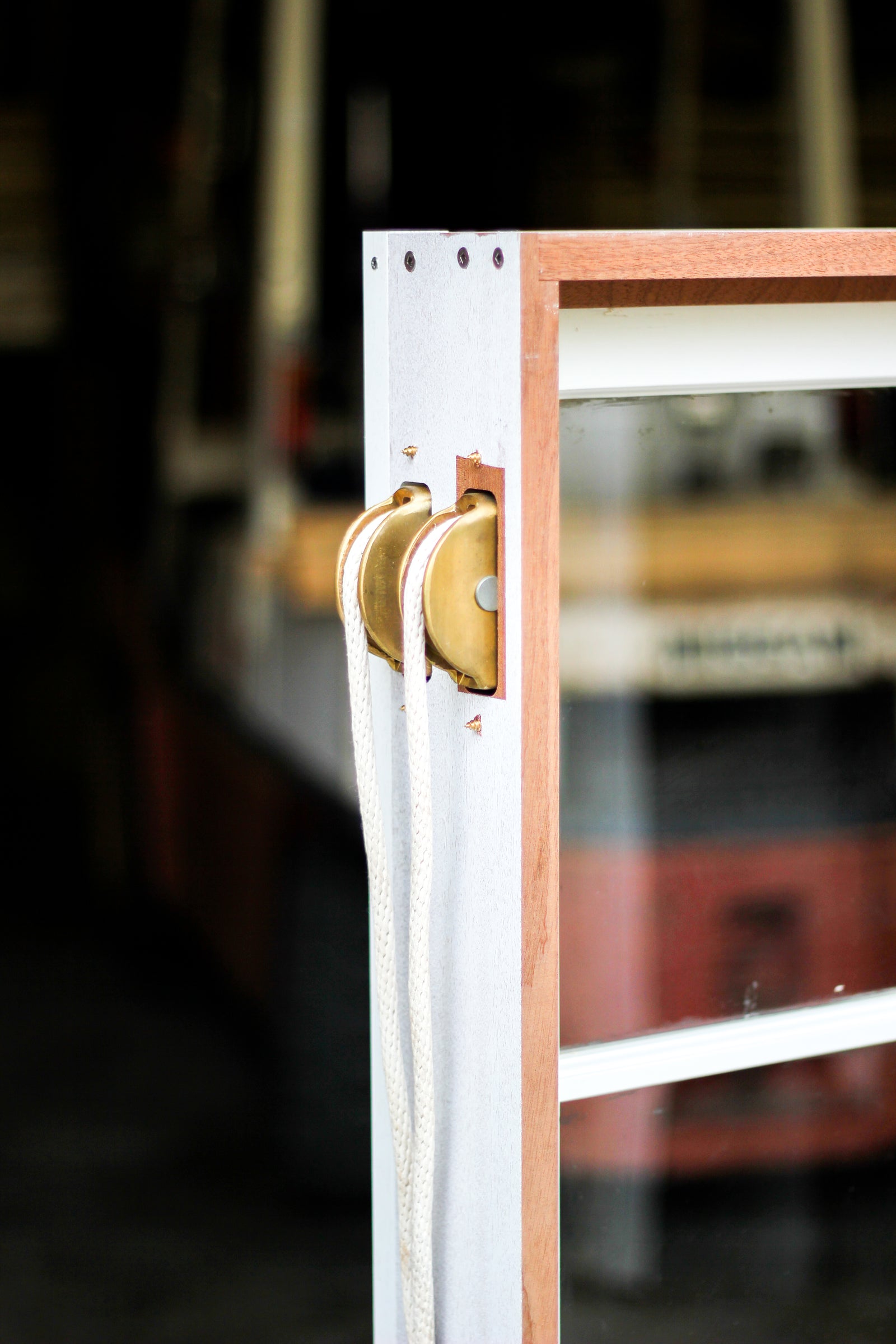Products
Projects
Resources

Concrete Countertops
September 30, 2015
Concrete isn’t what it used to be.
From its rough hewn days of yore, to the refined lifestyle it leads today, concrete countertops have moved beyond the drab slabs of history. Improvements have brought concrete up in the world of architectural-grade finish products. Now sold side by side with popular stone and wood options. Concrete is still full of character and has a living patina that grows a lot over time. Infamous for imperfections, concrete has a lot to offer if you don’t mind a little inconsistency.

What exactly is concrete?
A composite material made from an aggregate, commonly containing rocks, sand and fly ash. This is then combined with a cement binder and water. The finished product has about the same weight as granite. Today, some companies are even making a sustainable version of concrete. Using recycled materials as part of their aggregate. The new concrete is lighter than ever. Sometimes, even containing polymers which prevent them from staining or cracking.
Installation
Concrete counters are either precast in a shop or cast in place during construction.
Pre-Cast Concrete Counters:
Most concrete counters today are precast. Poured in the controlled environment of a shop and made to order in any size. Pouring counter in a shop enables more color and texture options as well as the ability to use casting reinforcement. The counters are handmade which means customization of shape, thickness, sink or appliance cutouts, details like an integrated dish drainer, or edging options. The counters may have seems, which can allow for a little bit of flexibility so the counters don’t crack.
Cast in Place Concrete Counters:
These counters typically don’t have seems. Especially beneficial if you are looking for an irregular shape and the built-in style.

What colors and textures do concrete countertops come in?
While its traditional stoney grey color is still dominant, concrete today can be made into almost any color. Finishes range from rough hewn to diamond polished; however natural variations in color and texture occur as the counter is crafted and cured. For concrete lovers, this is one of the most appealing attributes.
Sealing & Maintenance
Yes. Concrete is porous and needs sealing to prevent staining, similar to other natural stones. This is a risky process as some discoloration may occur, appealing to some and a nightmare for others. Like concrete, sealant has come a long way. Some fabricators call their concrete counters stain-proof, providing warranties against staining. Your fabricator will be able to give you a good idea what to expect from different sealants. Be cautious placing hot pots & pans on the counter after it has been sealed. While heat won’t affect the concrete it may cause some discoloration of the sealant.
After the initial sealing, maintenance is minimal with concrete countertops. Regular cleaning with non-abrasive cleaners will take care of most messes. For counters with a polished finish, periodic waxing is recommended.
| Pros | Cons |
|
Custom product that is made to order |
Needs to be sealed to prevent staining |
|
A wide array of colors that can be adjusted to match your palette |
A hard surface, it dulls your knives and is hard on cutlery and unforgiving with dishes |
|
Despite being a hard surface, concrete provides a soft, textured, natural feel to counters. |
Can develop minor, nonstructural, hairline cracks—some consider these a flaw, others as character |
|
Properly sealed and maintained, concrete countertops will wear well for years |
Natural variations in color and texture can be unpredictable |
| Can be used indoors or out | Porous material |
|
Develops an ever evolving patina |
|
Subscribe Today!
Our goal is to provide you with as much information as possible. Our newsletter is full of tips, inspiration and featured projects. We promise to only send you interesting things and never share your email with anyone else.









